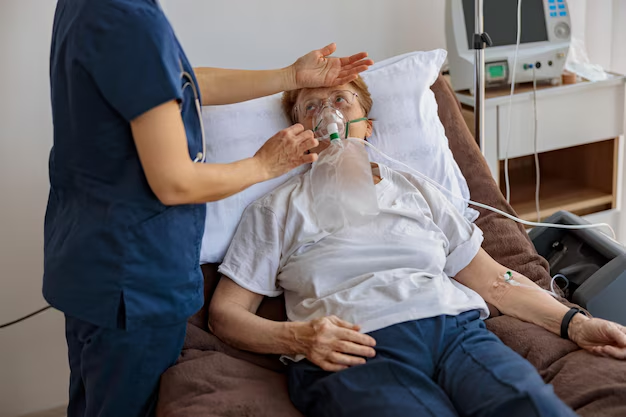Will Medicare Cover Your Need for Inogen Oxygen Therapy?
Finding access to reliable oxygen therapy can be life-changing. If you or a loved one relies on an oxygen concentrator like Inogen, you might wonder if Medicare covers this expense. Understanding how Medicare supports oxygen therapy can help you navigate the financial aspects of ensuring optimal respiratory health.
Medicare and Oxygen Therapy
Original Medicare (Part A and Part B) provides coverage for durable medical equipment (DME), which includes oxygen equipment and supplies. However, coverage is not automatic for all brands and models. Medicare Part B covers oxygen equipment rental but meets specific conditions:
- Prescribed by a doctor: A healthcare provider must certify that you need oxygen therapy.
- Medicare-approved supplier: The equipment must be supplied by a Medicare-participating vendor.
- Terms of rental: Typically, Medicare pays a monthly rental fee to the supplier for 36 months, after which ownership might transfer, or the supplier retains responsibility for maintenance and repairs.
Inogen oxygen concentrators, known for their portability and convenience, fall under the category of portable oxygen concentrators (POCs). Medicare often provides coverage for stationary oxygen units but may be more limited on portable concentrators unless specific medical needs justify their necessity. So, while Medicare may cover an Inogen unit, it requires adherence to the outlined conditions and, possibly, additional justification.
Out-of-Pocket Costs and Part C Options
Even when eligible for Medicare coverage, patients are typically responsible for 20% of the Medicare-approved amount after meeting the Part B deductible. To alleviate out-of-pocket costs, individuals might consider Medicare Advantage (Part C) plans, which could offer additional benefits for oxygen equipment.
Exploring Additional Financial Assistance
If you find yourself looking at a hefty portion of costs, consider exploring multiple avenues for financial support:
- Medicare Savings Programs: These can assist with costs not covered by Medicare, including premiums, deductibles, and coinsurance.
- Nonprofit Organizations: Some provide grants and assistance specifically for patients needing respiratory equipment.
- State-Specific Aid Programs: Local resources may offer further assistance; check with state health departments for specific offerings.
Additional Assistance Programs
Ensuring full access to necessary medical equipment sometimes requires creative financial planning. Beyond traditional Medicare support, several other resources can provide relief:
Home Energy Assistance: Programs designed to help with utility costs, reducing the financial strain of energy-dependent medical equipment.
Medical Equipment Loans: Community-based initiatives or medical charities may offer short-term loans or discounted rates on necessary devices.
Vet Benefits: If applicable, the Department of Veterans Affairs might provide avenues for respiratory therapy equipment for qualified candidates.
Below is a quick guide highlighting possible financial and educational resources to support your oxygen therapy needs:
✅ Medicare Savings Programs: Aid for deductibles and premiums related to Part B.
💼 State Assistance Programs: Check local health departments for tailored support.
🏥 Nonprofit Grants: Organizations like the American Lung Association may offer resources.
🌟 Veterans Affairs Benefits: Veterans might qualify for additional support through VA healthcare services.
Understanding your coverage and financial aid options is vital in navigating the often complex landscape of medical equipment funding. By leveraging these resources, you can ensure you have access to the oxygen therapy and equipment necessary for maintaining a healthy lifestyle.

Related Topics
- Am I Elgible For Medicare
- Am I Enrolled In Medicare
- Am I Qualified For Medicare
- Are Adult Diapers Covered By Medicare
- Are Chemotherapy Drugs Covered By Medicare Part d
- Are Colonoscopies Covered By Medicare
- Are Covid Tests Covered By Medicare
- Are Cpap Machines Covered By Medicare
- Are Cpap Supplies Covered By Medicare
- Are Dental Implants Covered By Medicare